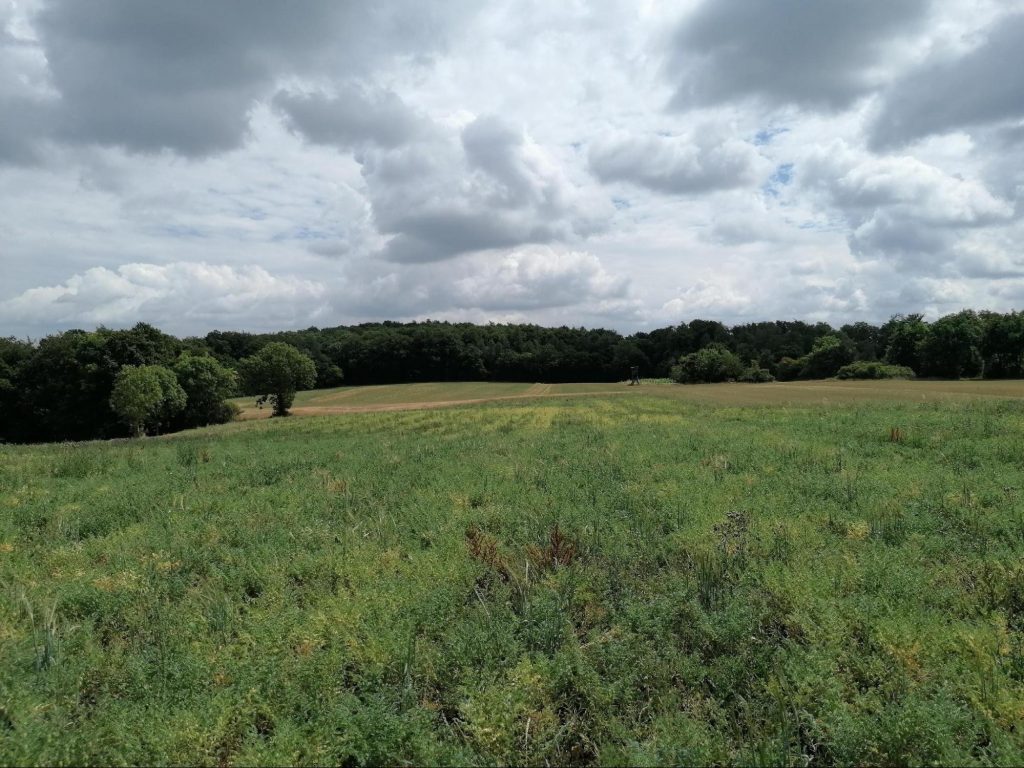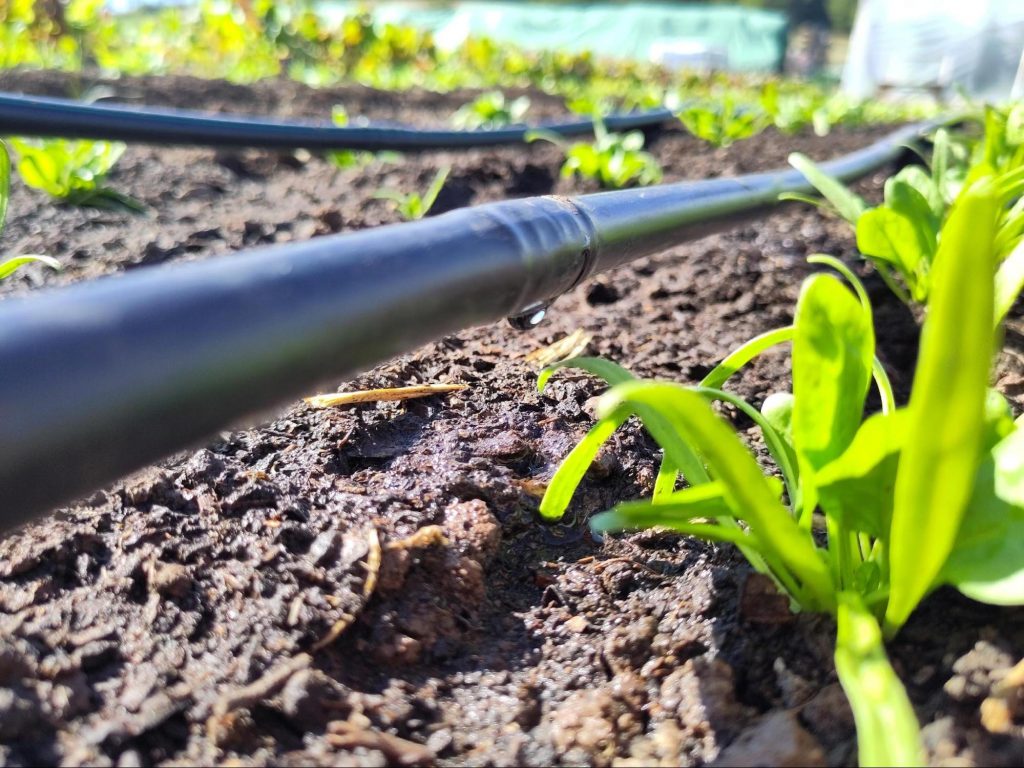Hof Tolle, located in the north of Hesse, Germany, takes a holistic approach to making the farm climate-resilient and as climate-friendly as possible. The farm’s tailor-made climate strategy sets out targets and measures for each of the farm’s activities. This could include sustainable arable farming or extensive cattle farming. The different approaches are extremely diverse and are sure to provide inspiration for many farms.







